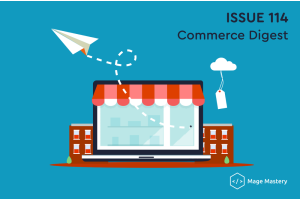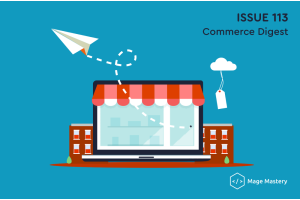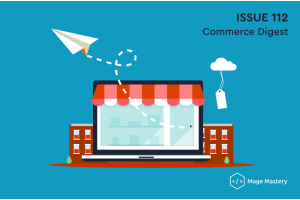How to start a subscription business in 2023

In recent years, subscription boxes have taken the eCommerce world by storm. This trend had grown even faster since the onset of the pandemic, when more people sought new ways to keep themselves entertained at home.
Research supports this theory—McKinsey predicts that, by 2025, the subscription box market will reach a staggering $473 billion, up from just $15 billion in 2019.
So how can you, as an entrepreneur, capitalize on this trend and build your own subscription box business? That's just what we'll discuss. In this article, you'll learn how to choose a suitable subscription-based business model, how to start building your business, and plenty of tips for success.
What is a subscription business model?
When a company charges recurring fees for its services and products, it follows a subscription model. Regular payments can be annual or monthly. The concept of subscriptions has been introduced previously, and the subscription business model has become prominent in our daily lives, from coffee subscriptions at your local library to gym memberships. But what makes the subscription business model so popular with customers and companies? For customers, this is convenience, personalization, predictability, and sustainability for companies. Let's go deeper.
Why is the subscription business model sustainable?
In the traditional business model, revenue flows linearly from marketing to sales to finance. But in a subscription, the income stream is cyclical. While the goals of all features remain the same, their impact on revenue increases as customers needs to be "won" not just once but through each recurring billing cycle. With a subscription model, businesses can retain customers for the long term, ensuring a stable, constant income stream. Through this long-term collaboration, companies can improve their products and services to meet customer needs and grow with them.
Benefits of the Subscription Business Model
Here are some of the benefits you should be aware of.
Projected income
The subscription model creates a predictable future revenue stream. This regular income can keep your business viable during turmoil and financial fluctuations and helps keep your business running smoothly.
Improving customer relationships
Subscription products can scale as customers grow. Customers often choose a subscription because of the convenience factor combined with the ability to personalize the product. Customers can pay for the added value if desired by opting for an upgrade or a higher plan. This flexibility helps develop customer loyalty.
Lower retention costs
Because subscribers automatically buy from you regularly, you don't need to spend extra marketing money to target them. Also, subscribers who pay periodically and maintain a long-term relationship with you are usually less likely to leave, and you can spend less on customer retention.
Opportunities to increase income
Once you have a customer tied to a basic plan, your product will have the opportunity to prove its value to customers and make them want more. This way, you can convince customers to upgrade to a higher plan at no additional cost. There are also ways to increase revenue, such as upsells and cross-sells of new features and different non-core products. You receive extra income from the same client without additional acquisition costs.
Better Prediction
The subscription business model allows you to predict future revenue accurately. For e-commerce businesses that face large fluctuations in demand, subscriptions can help with demand forecasting and effective inventory management.
How to move to a subscription business model?
The subscription model has become widespread today for two reasons: customer demand and the technological push of digital transformation happening quickly across all industries.
But changing business models is more than just a walk-through that requires careful consideration depending on your business size, target market, industry, and, more importantly, your potential customer base.
We have divided subscription maturity into four stages.
1. In the early stages, businesses focus on making sure their subscription model is suitable.
2. The business has good wins in the pilot phase but needs to redouble its efforts to impact more internal and external buy-ins.
3. The scaling phase is about expanding your subscription options and improving your tech stack. At this stage, the business should focus on developing the subscription and investing in the industry.
4. In the final stage, the business has sufficiently evolved its subscription model's capabilities to be adopted across the enterprise. Therefore, if you are considering moving to a subscription business model, any business's first step is to assess its subscription capabilities' maturity.
Here's how you can upgrade to a subscription business model, depending on your business and subscription duration.
Starting a new subscription services business can seem daunting. But once you've done your research and crafted a solid plan, all that's left is to take it to step by step. Just think carefully about the type of company you want and how you'll connect with your audience.





